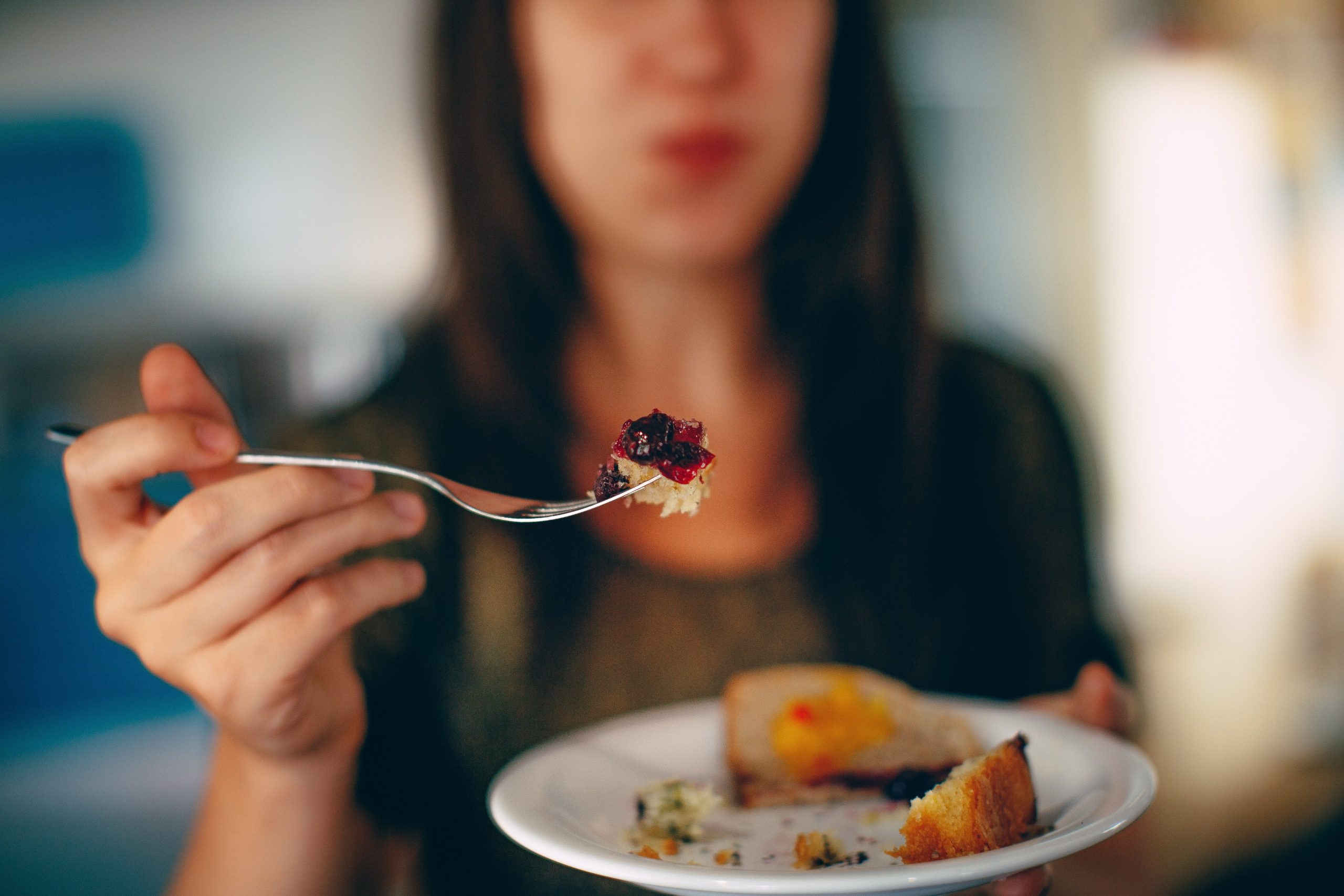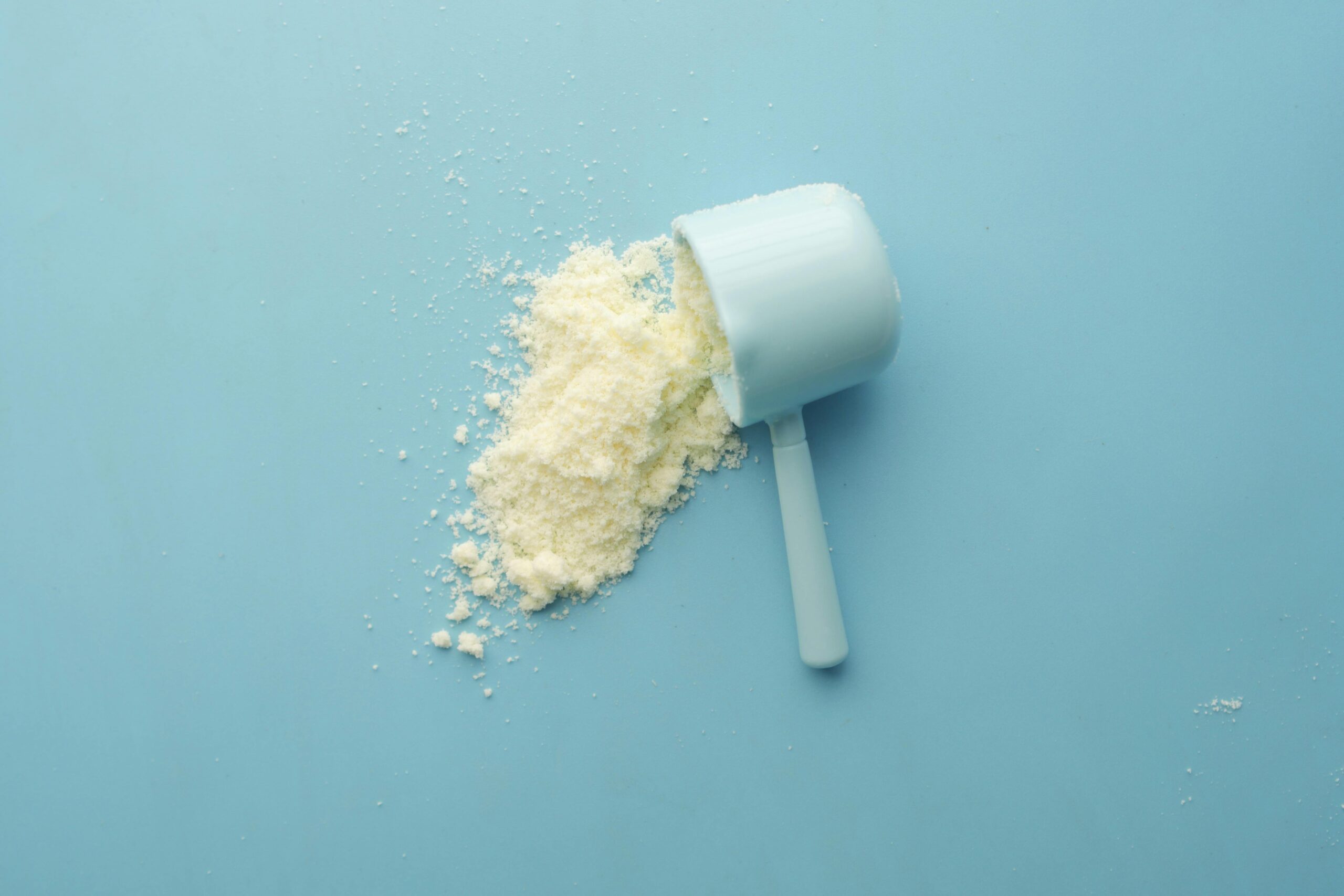Contrary to what that glossy magazine would have you believe drinking copious amounts of water (yes even if it is laced with lemon juice or apple cider vinegar) and avoiding sugar at all costs will not give you flawless skin and as tempting as it is to reach for that promise filled hair, skin and nails vitamin bottle let us take a look at whether those little magical pills are going to support your healthy skin dreams or if we can achieve better results with a few real life nutrition tweaks (and have fun doing it!)… spoiler alert: we can!
Phew, with that out of the way let us swiftly move on to the real stuff. 4 quick and simple (and scientifically sound) nutrition tips that you can easily start today for healthy, glowing skin.
But first one fun fact. Did you know your skin is the heaviest organ of your body? It is, and I’d say the heaviest organ of your body, aesthetics aside, is well worth paying attention to and the link between skin health and nutrition is a big one! In fact, nutrition is one of the most important things determining your skin health1,2.
- Fats
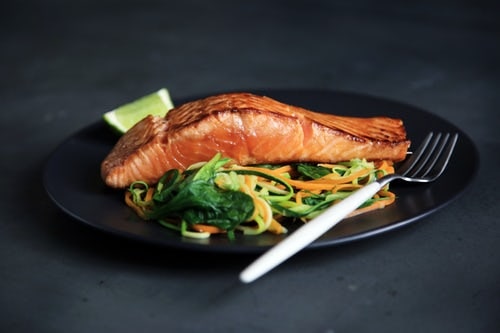
Fat, it may not be what comes to mind first when you think about healthy skin but including fats in your diet is vital to healthy skin because each one of your skin cells is surrounded by a membrane containing predominantly fat (and every other cell within your body for that matter). This membrane has numerous important functional and structural roles including holding the water within your skin cells and keeping the appearance of your skin full and supple rather than thin, wrinkly or sunken…
Omega 3 fats are thought to be the most beneficial to skin (heart, joint and overall) health. However, high intakes of olive oil which is predominantly comprised of omega 6 fatty acids has also been shown to provide protection against sun damage and skin wrinkling3.
Your dietary fat intake also influences the oil production of your skin and healthy oil production is essential for healthy skin as it protects your skin from bacterial infection, chemical exposure and water loss. Therefore, ensure you get some great serves of both omega 3 and 6 fats daily.
Good Fat Sources
Oily fish (salmon, mackerel, tuna, sardines)
Flaxseeds (linseed meal, LSA, flaxseed oil)
Walnuts
Olive oil
Avocado
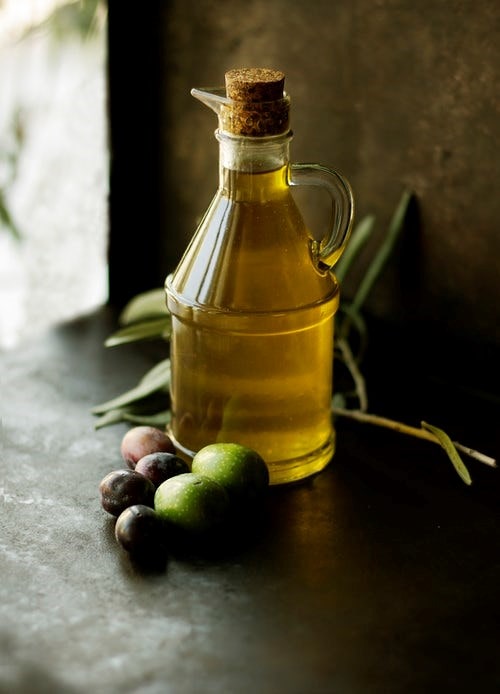
2. Protein

The outermost layer (knows as the epidermis) is 90% keratinocytes which are cells made of protein. Not too hard to see why protein is important on this point alone… Under this outermost layer is a layer (called the dermis) which supports all the blood vessels which provide your skin with nutrition as well as nerves which grant you the wonderful ability to pick up on touch (I’m thinking massage and soft caresses…). The third layer is a layer of adipose tissue (fat) just to quickly reiterate the importance of fat in the skin, nutrition, health equation.
Highlighting the importance of dietary protein in skin health is a study amongst middle aged women in which those who ate less protein were found to have more wrinkles and similarly in older adults a lower protein intake has been shown to result in increased skin fragility4. The finding of increased wrinkles and skin fragility in those with lower protein intakes is likely due to disruptions in collagen synthesis and repair because collagen is a type of protein which is largely responsible for providing your skin with structure and collagen being a protein means it is built from the protein you eat because your body makes its own proteins by breaking down the protein you eat into amino acids (the building blocks of protein) and repurposing these amino acids into new proteins (including collagen). Therefore, when you’re not eating enough protein to optimally support collagen synthesis and repair your skin suppleness will suffer.
Good Protein Sources
Meat (red meat, fish, chicken)
Eggs
Legumes, tofu, tempeh
Nuts and Seeds
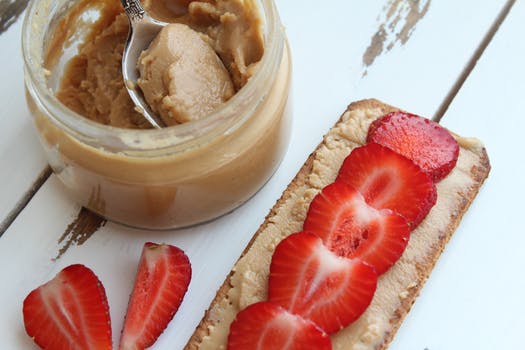
3. Vitamin C, E & Other Antioxidants
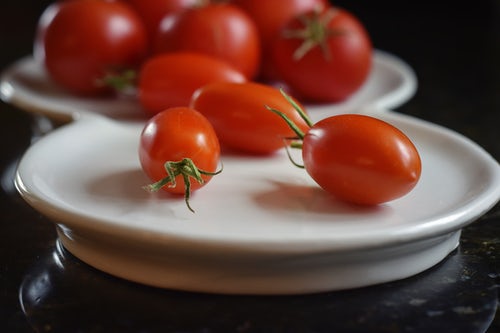
Lumping them all together I know which just means you’re getting far more bang for your point 3 than you bargained for.
As we discussed in the point above collagen is responsible for maintaining the elasticity and suppleness of your skin however there is more to collagen synthesis than eating protein alone in particular vitamin C has been shown to play a crucial role along the pathway of collagen synthesis and repair5,6 and people who eat diets low in vitamin C have been observed to have more wrinkles and a higher degree of skin dryness with aging7. Therefore, adequate dietary protein and vitamin C intake together are important to maintaining supple, full and healthy skin.
The other antioxidants including vitamin E play roles in protecting cell membranes throughout your body including skin cells which are particularly prone to the damages of daily life for example sunlight (UV rays) which could otherwise cause premature aging, skin cancer and skin discolouration8-10. Zinc acts both as an antioxidant and has a well-established role in wound healing11 granting your skin the ability to quickly regenerate and patch up small everyday wear and tear.
Good Vitamin C Sources
All fresh fruit and vegetables including:
Capsicum and chilli
Kiwi fruit
Papaya
Broccoli and spinach
Potato and sweet potato
Good Vitamin E Sources
Nuts and seeds (especially sunflower seeds and almonds)
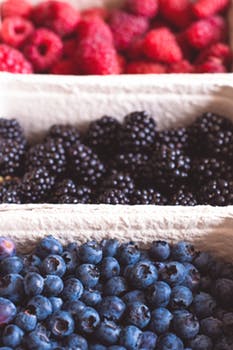
Good Zinc Sources
Meat and eggs
Oysters and shellfish
Pumpkin seeds
Legumes
Other Antioxidants
There are many different compounds which act as antioxidants within our bodies. Therefore, include a variety of fresh fruits and vegetables with lots of colour such as blueberries and other berries, grapes, nuts and seeds and even as you’ve likely heard dark chocolate or cacao.
4. Energy

Make sure you are eating enough energy (i.e the macronutrients – carbs, fats and protein) in general to meet your energy needs because your skin (hair and nails) are highly metabolically active and the outermost layer of your skin has a rapid turnover rate of about 4 weeks. That is your skin is completely renewed every 4 weeks (which is great news in terms of seeing swift improvements!). In order to continuously and healthily sustain this fast regeneration cycle it is necessary to meet your skins high energy demand and this fact is demonstrated in those with anorexia nervosa who are unable to meet their energy and micronutrient needs (malnutrition) and experience numerous skin changes including dehydration, dryness, small raised bumps, loss of suppleness, flaky, red, itchy or scaly skin12.
Good sources of energy that will also provide you with a good dose of nutrients not in the hair, skin and nails pills and not included in this post but which all contribute to creating glowing, healthy skin (micronutrients, trace elements1,13, manganese, magnesium, iron, bioflavonoids, beta carotene and selenium to name a few) are wholegrains, fruit, vegetables, nuts and seeds, dairy and alternatives and meat and alternatives (i.e a varied diet! If you want a few simple and incredibly powerful tips on how to easily up the variety of your daily diet have a read of my earlier post “What is Healthy Eating Anyway?”).
Bonus Tip
If you smoke, please get the help you need to stop because on top of all the other nasty stuff smoking does to your body it is also a major contributor to premature skin aging14.
The Important Bits

Your body is made from what you’ve once put into your mouth therefore it makes sense that what you eat is going to affect the health and appearance of your skin.
Nutrition is never about doing one thing in isolation and when it comes to skin health this is no exception, it is balanced nutrition which will allow for the optimal functioning of any organ including the largest organ of your body (your skin) and it is about your habitual intake, not a one off zinc packed meal here and there.
Sugar and “processed foods” will not make your skin break out but if eaten as the largest part of your diet they will displace other foods containing the nutrients vital for your skin health (and as you’ve gained an appreciation for in this post there are quite a few of them involved in this task!) and it is more the lack of these nutrients and your need for these nutrients not being met rather than any inherently bad qualities of sugar or processed foods which can cause skin problems.
Finally, someone else’s optimal healthy skin is likely different from your optimal healthy skin diet. Therefore, if you feel you are eating a generally good diet (or following Tom, Dick and Harrys diet advice that gives them great skin) and you’re not getting the results you want please don’t hesitate to get in touch with me because there can be so many things going on including possible food intolerances (do not self-diagnose!). Together we’ll assess where you are and determine where you want to be and then close that gap by the quickest and most effective means for YOU.
Don’t underestimate the value of working one on one with a food and nutrition expert (aka a dietitian) because it’s quite a bit different to trying to find the answer on Dr Google or hiding somewhere within a supplement bottle. Get the right information, the right help today and move forward in your one precious life (healthier, happier and with glowing skin).
With my whole heart I trust you found this information useful and inspiring;
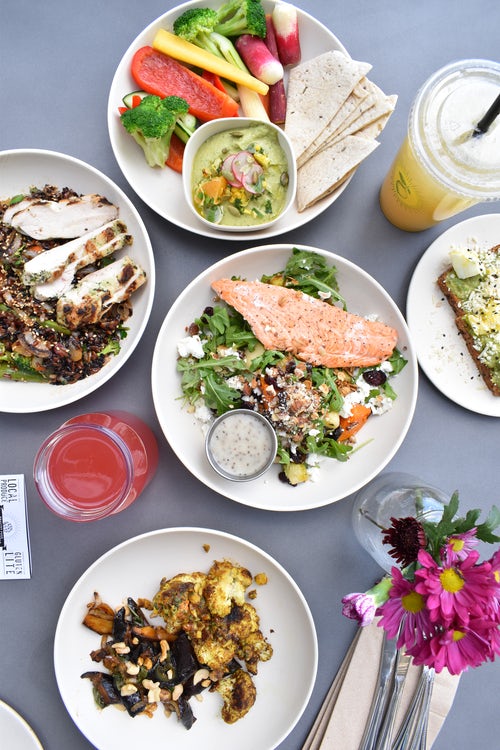
Become Great. Live Great.
Bonnie.
Reference
- Sarno Ryan A, Goldsmith LA. Nutrition and the skin. Clin Dermatol 1996; 14:32-4.
- Rushton DH. Nutritional factors and hair loss. Clin Exp Dermatol 2002; 27:396-404.
- Purba M, Kouris-Blazos A, Wattanapenpaiboon N, Lukito W, Rothenberg EM, Steen BC, Walquist ML. Skin wrinkling: can food make a difference? J Am Coll Nutr 2001; 1:71-80.
- Chernoff R. Protein and older adults. J Am Coll Nutr 2004;23(suppl): 627S–30S.
- Sheretz E, Goldsmith LA. Nutritional influences on the skin. In: Goldsmith LA, ed. Physiology, biochemistry, and molecular biology of the skin. New York, NY Oxford University Press, 1991:1315–28.
- Miller SJ. Nutritional deficiency and the skin. J Am Acad Dermatol 1989;21:1–30.
- Catani MV, Savini I, Rossi A, Melino G, Avigliano L. Biological role of vitamin C in keratinocytes. Nutr Rev 2005;63:81–90.
- Matsumura Y, Ananthaswany HN. Toxic effects of ultraviolet radiation on the skin. Toxicol Appl Pharmacol 2004; 195:298-308.
- Fisher GJ, Kang S, Varani J, bata-Csorgo Z, Wan Y, Datta S, Voorhees JJ. Mechanism of photoaging and chronological skin aging. Arch Dermatol 2002; 138:1462-70.
- Schwarz T. Photoimmunosuppression. Photodermatol Photoimmunol Photomed 2002; 18:141-5.
- MacKay D, Miller AL. Nutritional support for wound healing. Altern Med Rev 2003; 8:359-77.
- The impact of malnutrition on skin health is also illustrated by skin changes (xerosis, hair effluvium, nail modifications…) observed in anorexia nervosa.
- Malanin K, Telegdy E, Qazaq H. Hair loss and serum zinc values among Arab females in Al Ain region, United Arab Emirates. Eur J Dermatol 2007; 17:446- 7.
- Ioannides D, Tosti A (eds): Alopecias – Practical Evaluation and Management. Curr Probl Dermatol. Basel, Karger, 2015:47;107-120.

